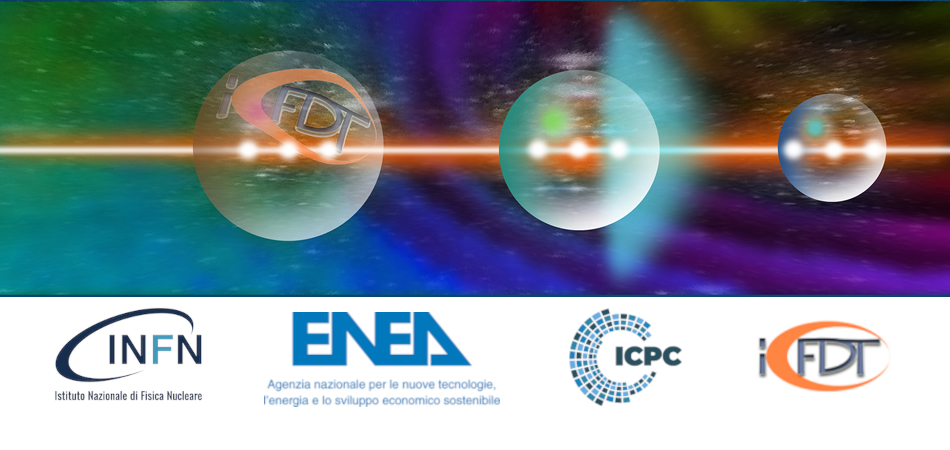Speaker
Description
Within the scope of magnetic confinement fusion experiments, a Gas Electron Multiplier (GEM)-based detector was employed during the 2023 experimental campaigns at the MASTU (Mega Amp Spherical Tokamak) spherical tokamak to investigate the Soft X-Ray (SXR) radiation (0.1-20 keV) emanating from the plasma. GEM detectors are promising candidates as SXR diagnostics on the next generation on fusion devices for two main reasons: their resilience in the high neutron flux environments that will characterize the next generation of fusion devices, and their ability to combine spectroscopic capabilities with sub-millisecond time resolution imaging. As a result, the adoption of GEM-based detectors has surged in recent years, with numerous installations on tokamaks like FTU, KSTAR, EAST, and WEST, both as 1D array or 2D matrices.
The GEM detector featured in this study is positioned in front of a beryllium window that serves as a low-energy filter, employing a pinhole geometry outside the vacuum chamber. Its operation relies on the photoelectric effect, initiated by the interaction between the SXR and a gas mixture of ArCO2, followed by electron multiplication. The detector consists of an aluminized Mylar cathode, succeeded by three GEM foils, and includes a 2D readout anode made of a 16x16 matrix of 6mm² square pads. It incorporates custom GEMINI ASICs for signal readout, enabling photon-counting techniques with Time over Threshold (ToT) analyses on each detector channel, achieving a total maximum rate of 256 MHz.
Preliminary findings from the 2023 campaign demonstrate the effectiveness of the GEM detector in identifying Magnetohydrodynamic (MHD) instabilities, with spatial and temporal resolution aligning well with existing SXR camera data. The detector's spectroscopy capabilities have proven capable of providing insights into the energies of particles during magnetic reconnection events, with more experiments planned on this topic. Additionally, the GEM detector has been able to estimate the electron temperature for Ohmic shots, with future potential to obtain local electron temperatures.These results highlight the potential of the GEM-based diagnostic system in advancing tokamak research, enabling comprehensive plasma characterization and control.
The diagnostic is currently installed on MASTU for the ongoing campaign, with a particular focus on supporting studies of accelerated particles and on the development of energy-resolved tomographic inversion.

